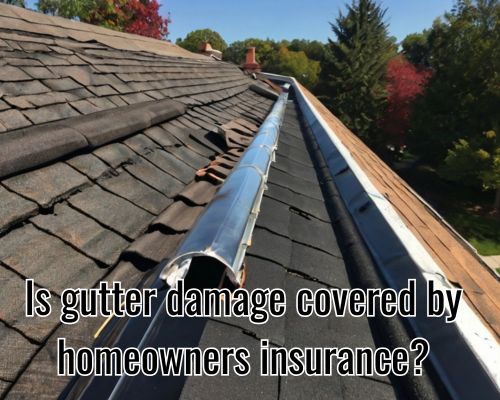Methylene Blue: A Mitochondrial Enhancer with Neuroprotective Potential
Methylene Blue: A Mitochondrial Enhancer with Neuroprotective Potential
Methylene blue is a synthetic compound with a long medical history, now gaining renewed interest in the fields of bioenergetics, neurology, and anti-aging science. Once used primarily as a dye and antimicrobial, it’s now being studied for its potential to support mitochondrial function, reduce oxidative stress, and protect the brain from age-related decline.
Methylene blue interacts directly with the mitochondria—the powerhouses of the cell—making it a unique compound among the growing class of metabolic and cognitive enhancers. Research into its low-dose therapeutic use shows promise in addressing fatigue, neurodegenerative risk, and overall cellular health.
What Is Methylene Blue?
First synthesized in 1876, methylene blue has been used for over a century in medicine and biology. It was one of the earliest drugs used to treat malaria and remains approved by the FDA for conditions such as methemoglobinemia, a disorder affecting the blood’s ability to carry oxygen.
Beyond its historical use, methylene blue is now studied for its ability to influence how cells generate and manage energy. When used in carefully controlled low doses, it may improve energy production, support mental clarity, and even slow down some aging processes.
How Methylene Blue Supports Mitochondria
Mitochondria are essential for producing adenosine triphosphate (ATP), the energy currency of the body. This energy production relies on a series of electron transfers along the mitochondrial electron transport chain. When this process becomes inefficient—due to age, stress, or disease—cells produce less energy and generate more free radicals.
Methylene blue helps by acting as an alternative electron carrier. It donates electrons to the electron transport chain, bypassing damaged segments and reducing the buildup of reactive oxygen species. The result is more efficient ATP production with less oxidative stress.
This mechanism is particularly helpful in high-demand organs like the brain and heart, where cellular energy and redox balance are critical.
Cognitive Function and Neuroprotection
The compound has drawn significant attention for its potential neuroprotective properties. Methylene blue crosses the blood-brain barrier and accumulates in brain tissue, where it may:
- Improve mitochondrial function in neurons
- Enhance oxygen utilization
- Support neurotransmitter activity
- Protect against oxidative damage
- Improve memory, attention, and processing speed
In animal studies and small human trials, low-dose methylene blue has been associated with improved short-term memory and cognitive performance. It is also being explored as an adjunct in Alzheimer’s research, where mitochondrial dysfunction plays a key role in disease progression.
Antioxidant Action and Cellular Defense
Methylene blue functions as a redox molecule, meaning it can both accept and donate electrons. This makes it effective at neutralizing harmful free radicals, especially in environments of high oxidative stress.
Its antioxidant capabilities are unique because they are coupled with enhanced mitochondrial respiration. This dual action supports healthy aging by:
- Protecting cells from oxidative damage
- Supporting mitochondrial integrity
- Enhancing energy availability under stress
These effects make methylene blue appealing not only in clinical settings but also among those pursuing longevity and cognitive performance strategies.
Clinical and Functional Uses
Though best known for treating methemoglobinemia, methylene blue has a variety of clinical and investigational uses:
- Urinary antiseptic: Historically used in urinary tract infections
- Surgical marker: For visualizing tissues during procedures
- Photodynamic therapy: Explored in cancer treatment protocols
- Viral suppression: Under study for possible antiviral mechanisms
- Cognitive support: Used in nootropic stacks or as part of neurorehabilitation programs
These uses vary depending on dosage, formulation, and method of delivery.
Safe Use and Considerations
The benefits of methylene blue depend largely on dose and purity. At low doses, it supports mitochondrial activity. At higher doses, it may interfere with normal cellular function.
Safe usage involves:
- Pharmaceutical-grade sourcing
- Starting with the lowest effective dose (typically <4 mg/kg)
- Avoiding use with serotonergic medications such as SSRIs or MAO inhibitors
- Monitoring for side effects such as nausea, headache, or blue-tinted urine
People considering methylene blue should do so under the guidance of a healthcare provider to avoid adverse interactions or toxicity.
Delivery Methods
Methylene blue is available in different formats, including:
- Oral capsules or drops
- Sublingual troches
- Intravenous formulations (clinical setting)
Each method has different bioavailability, onset of action, and purpose. The sublingual route is often favored for cognitive support due to its fast absorption and direct access to the bloodstream.
Longevity, Performance, and Biohacking Interest
In recent years, methylene blue has become popular in the biohacking community for its potential to:
- Enhance mental energy
- Improve physical endurance
- Support cellular resilience
- Delay age-related decline
Its role in modulating mitochondrial output and redox signaling makes it attractive for those seeking tools to maintain cognitive performance and vitality over time.
Ongoing research continues to explore its applications in age-related diseases, cognitive decline, and metabolic disorders. While still considered investigational in many areas, the existing data shows promising potential for broader therapeutic use.








